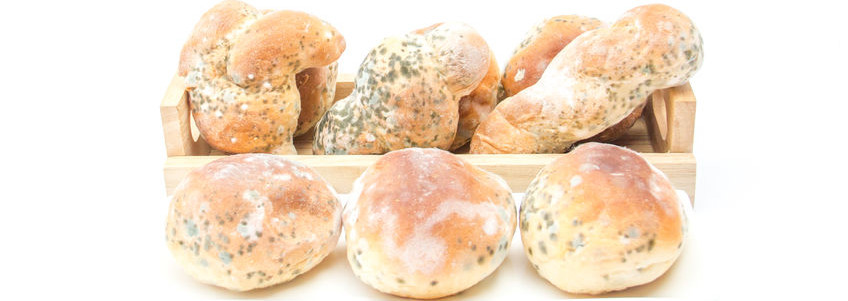
When it comes to food preservatives there is no shortage of options. You’ll need to pick one that’s right for your product and process. One great option for mold issues: sorbic acid!
What’s good about it?
- It does not create carcinogenic byproducts, as some preservatives such as nitrates do.
- It has no noticeable taste or odor when used in baked goods.
- Less is needed by weight compared to other preservatives.
- It’s great at fighting off mold in both fresh and frozen products
But doesn’t acid reduce pH, kill yeast and change dough/batter properties?
It does. And you generally want to avoid all of those things. So how can you make sorbic acid work in your formula?
Use it in encapsulated form! When sorbic acid is encapsulated (most often with lipids), it is prevented from interacting with other ingredients such as yeast and gluten protein.
Encapsulation technology ensures that the sorbic acid keeps its rigid shell until the temperature exceeds 145 °F. Remember, this is after the yeast kill step. So when encapsulated sorbic acid is used, it is not released into your yeasted product until at least 50% of the baking time has elapse, ensuring ideal loaf volume is achieved.

